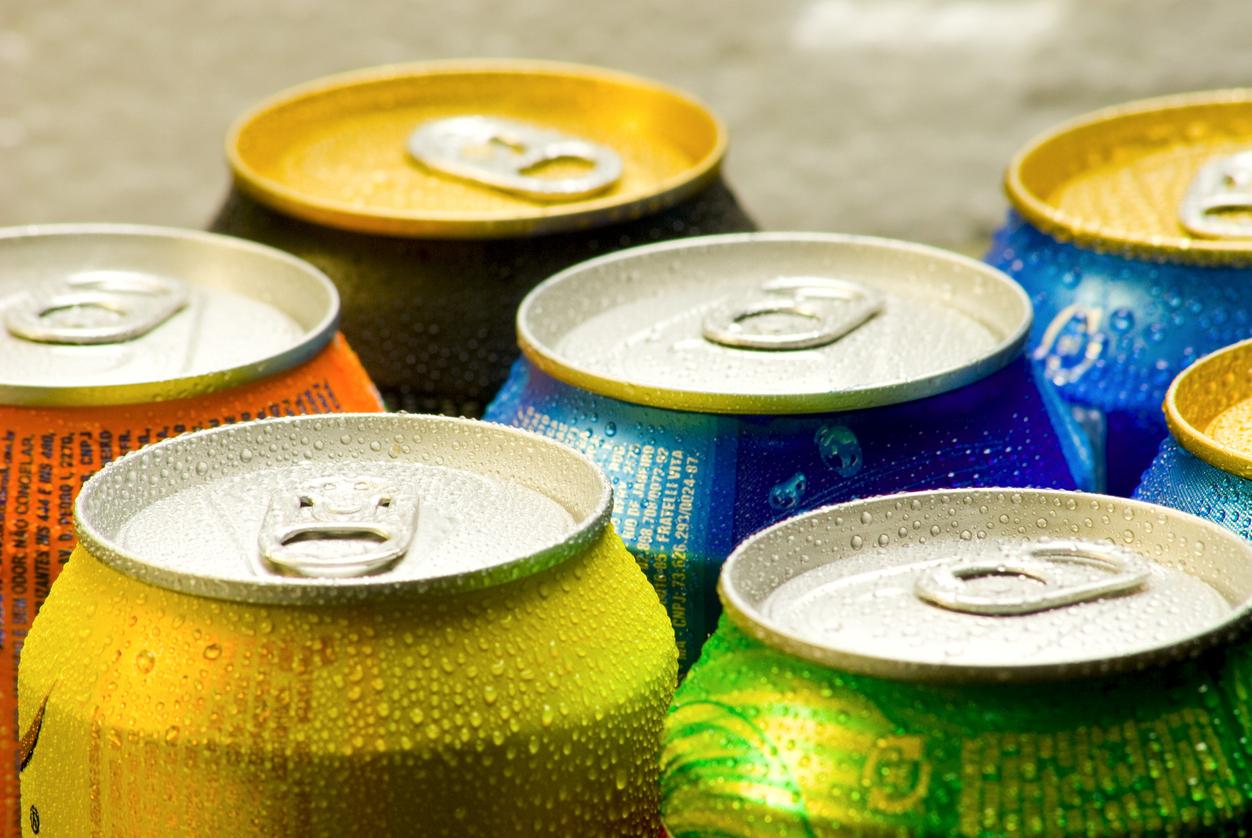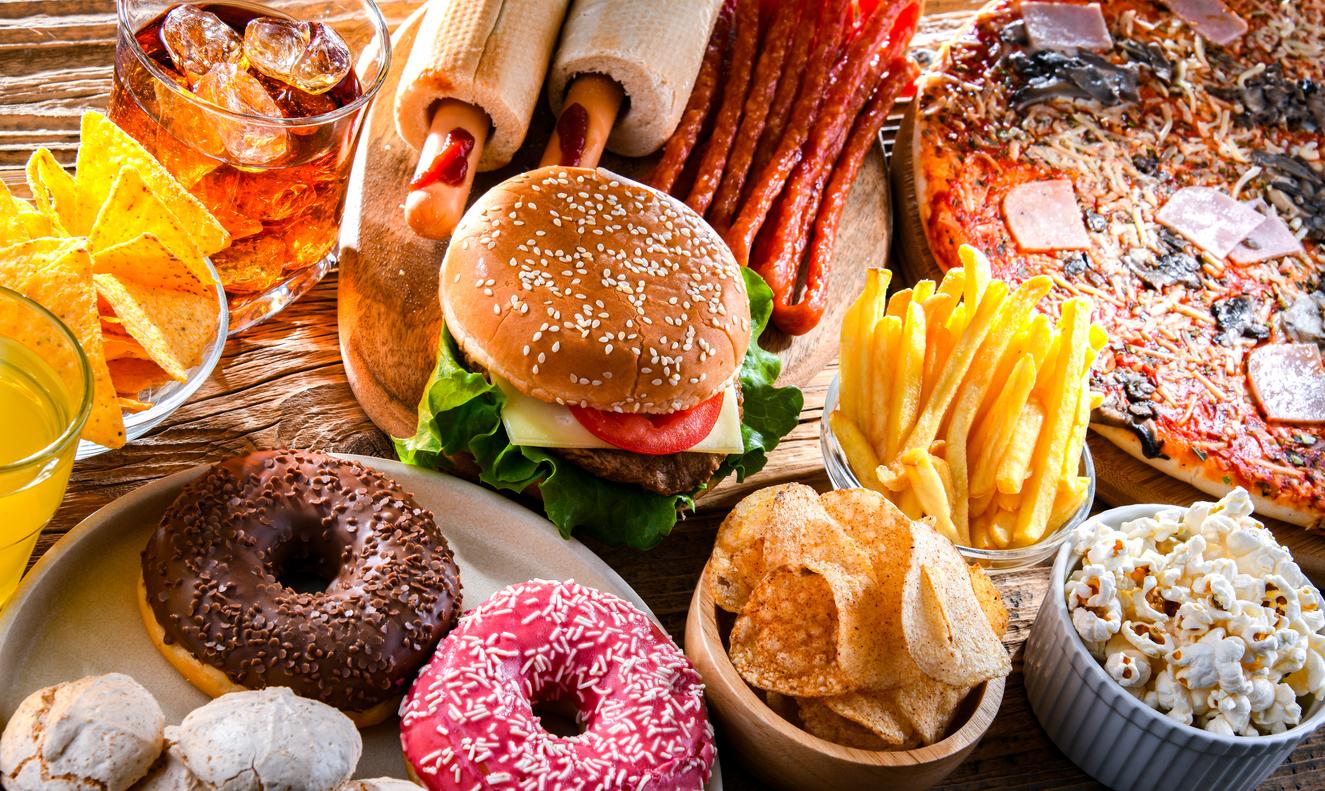In this study, early introduction to soft drinks was also associated with higher body fat at this age.

- Babies breastfed for less than 6 months had on average 3.5% more body fat at age nine than those breastfed for 6 months or more.
- Children who started drinking soda before age 18 months had about 7.8 percent more body fat at age nine.
- “The link between breastfeeding and obesity risk may be related to differences in the nutritional composition of breast milk.”
“Previous research has examined the link between infant feeding and the risk of childhood overweight or obesity, based on body mass index. However, BMI is a crude measure of adiposity in children. Therefore, in our study we aimed to examine the associations between babies’ eating habits and a more precise measure of child adiposity, namely body mass percentage. fat.” This is what Catherine Cohen, a researcher at the University of Colorado (United States), explained.
65% of babies breastfed for at least six months
As part of their work, the scientist and her team analyzed data from more than 700 mother-child duos, who participated in a cohort on how a woman’s lifestyle and environment during pregnancy can affect growth and development of their child. When infants were six and 18 months old, mothers were asked about their feeding practices, including the duration and exclusivity of breastfeeding versus formula feeding and the age at which their babies were introduced to dietary diversification. Next, the authors grouped infants according to duration of breastfeeding. Body fat percentage (proportion of total weight that can be attributed to body fat) was assessed twice.
According to the results, presented at the annual congress of the European Association for the Study of Diabetes, 65% of babies were breastfed for at least six months, 73% began dietary diversification at 5 months or more and 86% started drinking soda after 18 months. At the first assessment of body fat, it was 19.7% on average. Infant eating habits were not associated with differences in body fat at age five. At age 9, body fat percentage was 18.1% on average.
Early soda consumption was linked to 7.8% more body fat at age 9
The team found that shorter breastfeeding duration and earlier introduction of soft drinks were associated with a faster increase in body fat across both childhood visits and, therefore, a higher percentage high body fat at age nine. In detail, babies breastfed for less than 6 months had on average 3.5% more body fat at the age of nine than those breastfed for 6 months or more. Infants who started drinking soda before age 18 months had about 7.8 percent more body fat, on average, at age nine than those who were first introduced to soda at age 18 months or more.
The researchers also tested whether the effect of early soda introduction differed if they were breastfed for at least six months. They found that the association between early introduction of soft drinks and rate of change in body fat percentage during childhood was similar, but slightly stronger, in children breastfed for less than 6 months (+1 .87% body fat per year) than in those who were breastfed for 6 months or more (+1.49% body fat per year).
“Differences in the nutritional composition of milk”
“While this study cannot elucidate the potential mechanisms at play, previous cohorts suggest that the link between breastfeeding and obesity risk may be related to differences in the nutritional composition of breast milk versus formula. for infants. Differences in appetite regulation and the impact of breast milk on the infant’s microbiota are also being studied as potential biological effects. concluded Catherine Cohen.
















